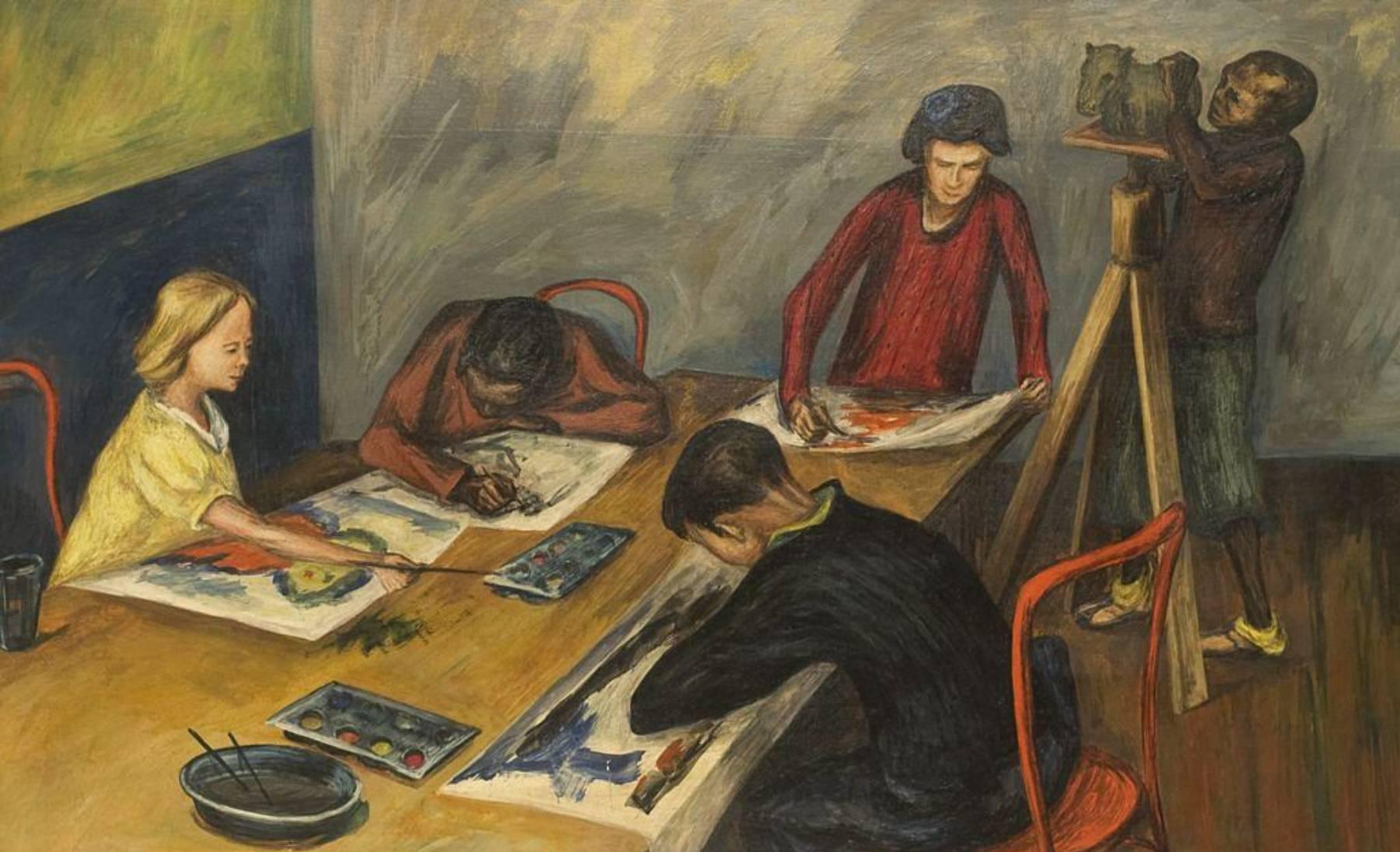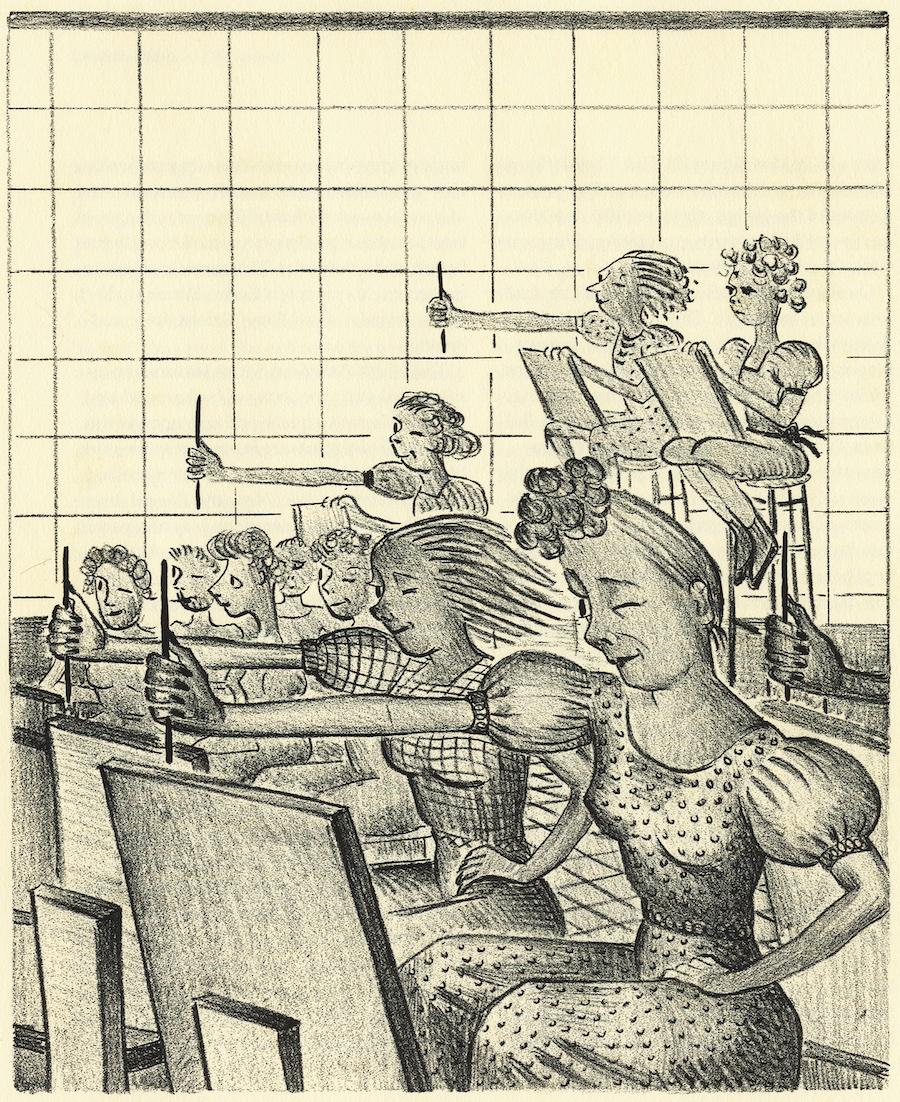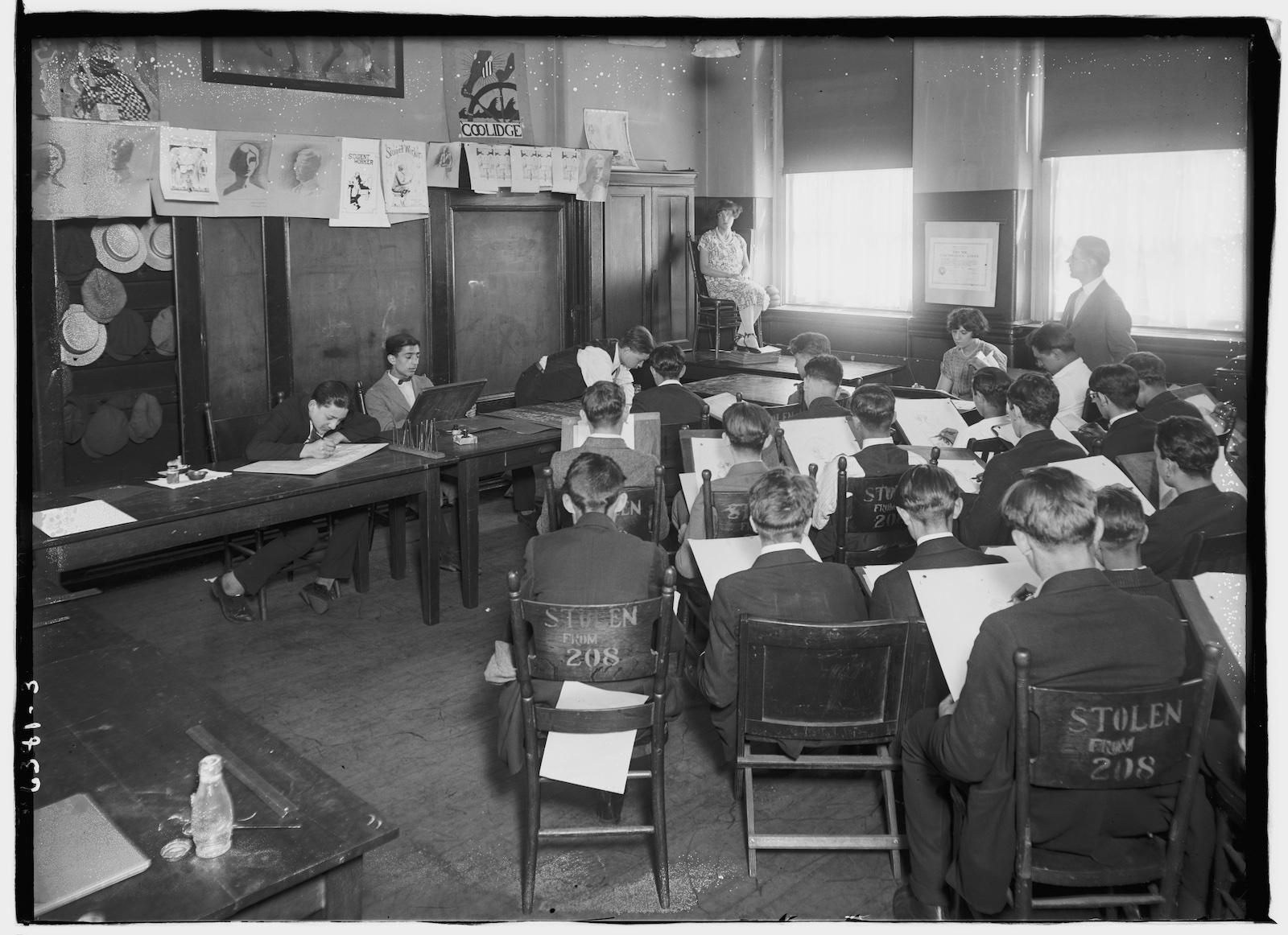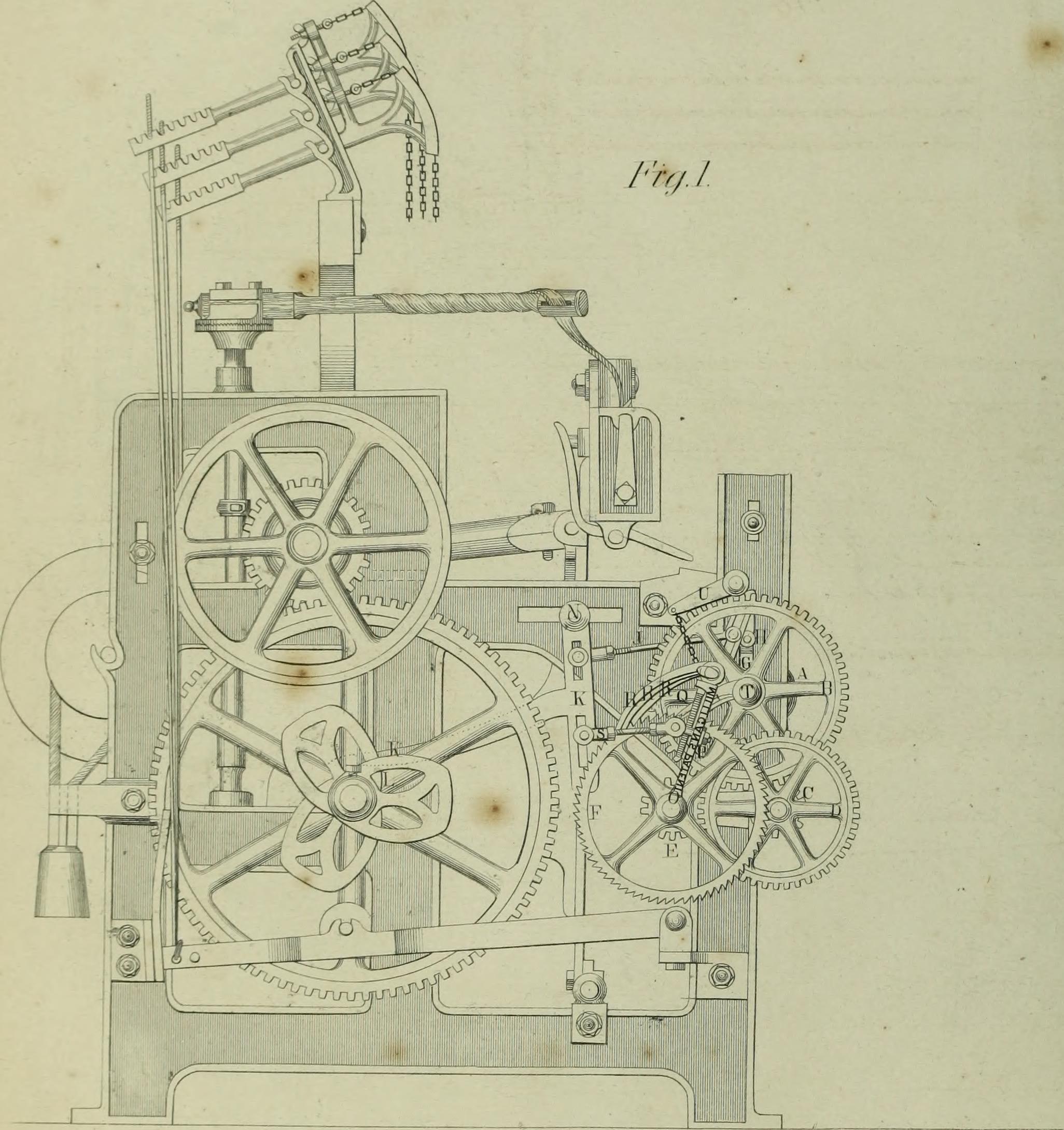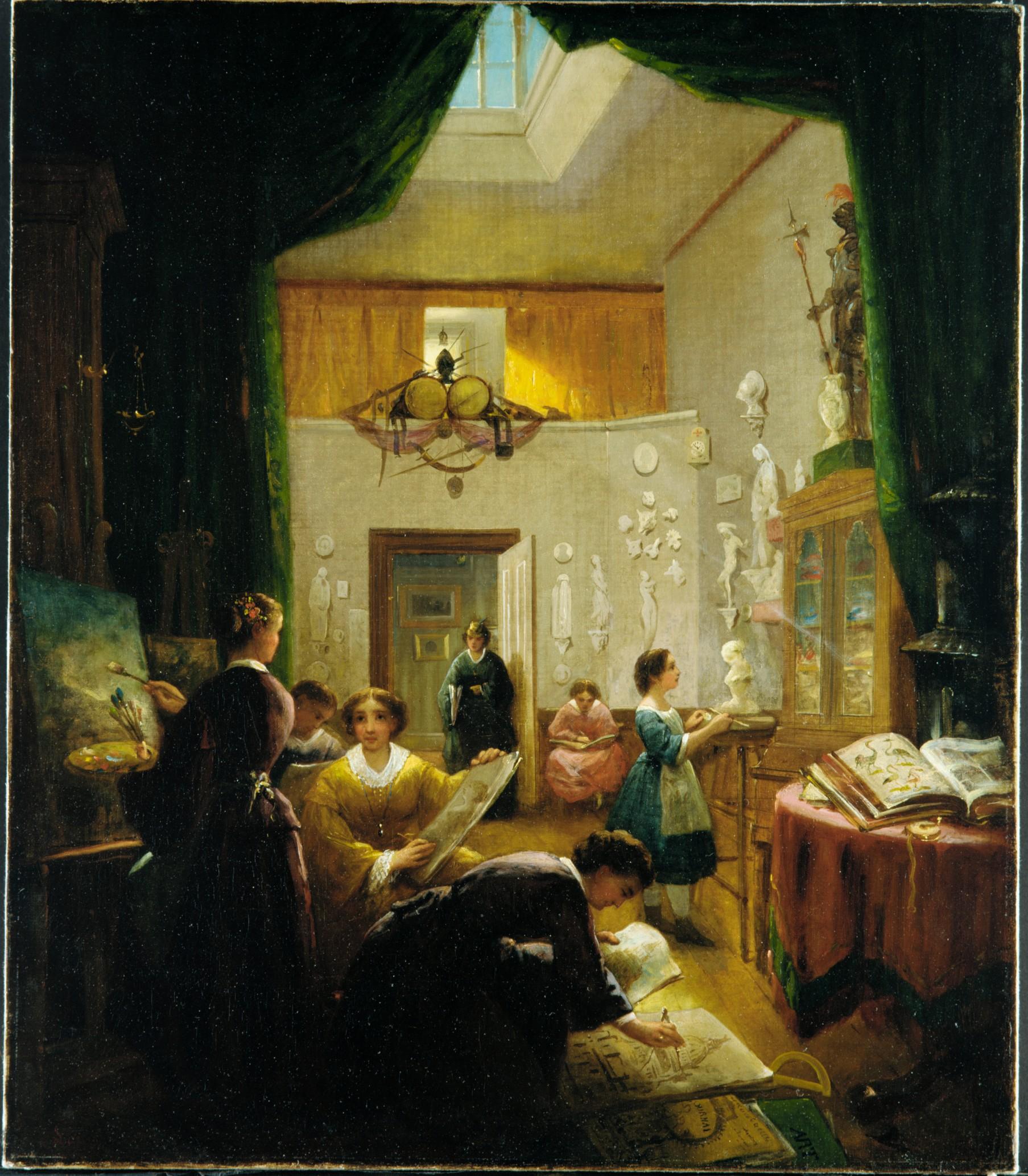This mindset is similar to the cultural pushback of the early 1800s when art instruction was first introduced into the public school curriculum. From an industrial perspective, the arts didn’t make much sense. How was the skill of oil painting going to help when harvesting the fields? How was a self-portrait going to be useful in times of war? Although we may be able to come up with logical answers to these questions, people had a difficult time seeing past the rigid dichotomy that had formed between fine art and the "real world" at that time.
Unfortunately, students couldn’t pursue art for the sake of pursuing art just yet. Instead, art classes were viewed under a microscope and meticulously planned so they could “[discover] art talent for use in the industries,” according to a briefing done by the University of Chicago. It was a loophole of sorts, but arts advocates took what they could and ran with it.




